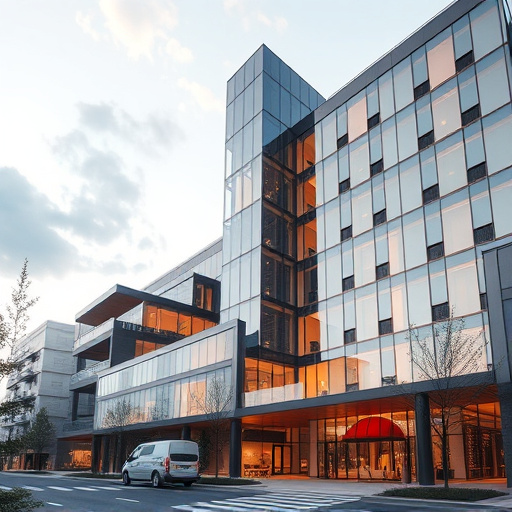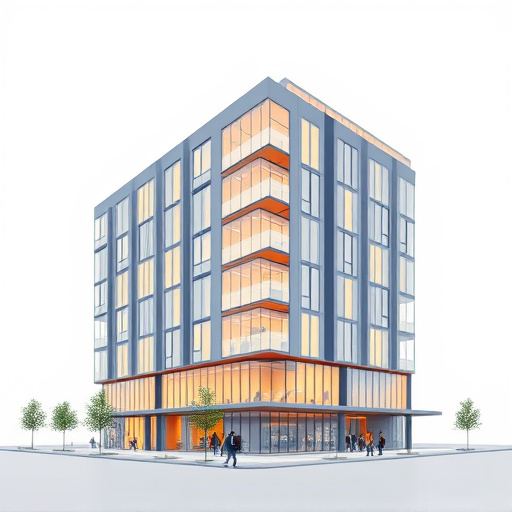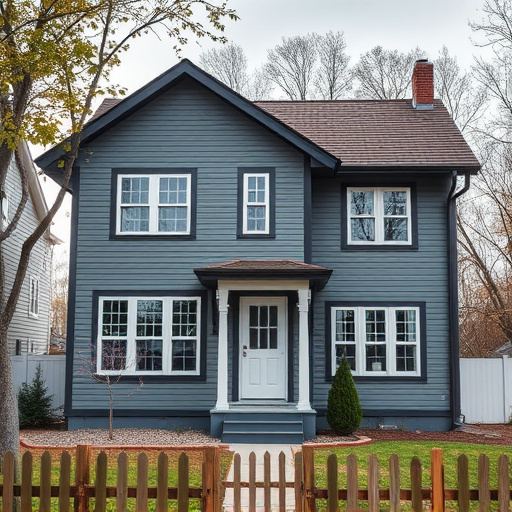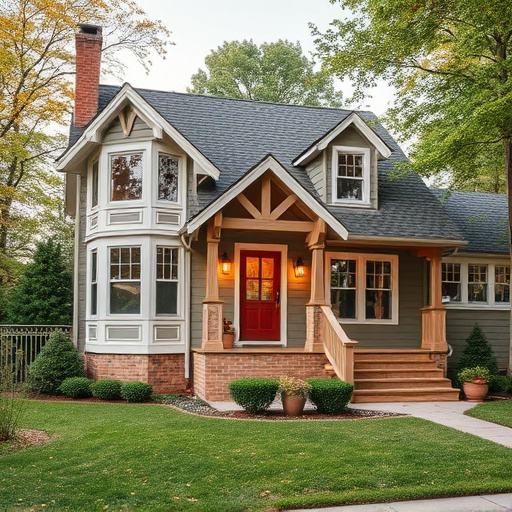Clear and consistent communication among stakeholders is vital in construction design to avoid misunderstandings and deviations from the initial vision. Effective material management, including supplier relationships and on-site organization, ensures project success, cost efficiency, and client satisfaction. Strategic scheduling and advanced project management software are essential for minimizing delays, especially in custom home renovations, ensuring timely completion within budget constraints.
In the dynamic realm of construction design, bridging the gap between intent and execution is paramount. This article delves into the top challenges—communicating design intentions, material management, and schedule delays—and explores innovative solutions that revolutionize construction design execution. By examining these critical aspects, we provide insights to enhance efficiency, reduce costs, and ensure projects meet their intended vision, ultimately elevating the standards of the industry.
- Communicating Design Intentions: Bridging Gaps Between Plans and Reality
- Material Management: From Sourcing to On-Site Execution
- Schedule Delays: Strategies for Efficient Project Completion
Communicating Design Intentions: Bridging Gaps Between Plans and Reality

Effective communication is key to ensuring that construction design intentions translate accurately from plans into reality. The process involves bridging gaps between the initial vision and final execution, which can be challenging due to various factors. Misunderstandings, misinterpretations, and changes in project scope during construction often lead to deviations from the original design intent.
To mitigate these issues, clear and consistent communication channels must be established among all stakeholders, including architects, designers, contractors, and clients. Regular meetings, detailed documentation, and the use of advanced visualization tools can help. For instance, 3D models and virtual reality walkthroughs allow everyone involved to experience the design, fostering a shared understanding. In the context of home renovation or bathroom renovations, where interior painting is often a significant component, ensuring that color palettes, finishes, and aesthetic details are clearly communicated and aligned with the overall design intent is crucial for achieving a cohesive and satisfying result.
Material Management: From Sourcing to On-Site Execution

In the realm of construction design execution, effective material management is paramount from sourcing to on-site execution. Construction designers must navigate a complex web of suppliers, ensuring timely delivery of high-quality materials that align with project specifications. This involves meticulous planning, including detailed material lists and careful consideration of logistical challenges like transportation and storage. Customized work often necessitates unique or specialized materials, making supplier relationships crucial for seamless project flow.
On-site, efficient material handling practices become vital. Proper storage, organization, and access to tools and supplies directly impact project timelines and safety. For instance, exterior painting projects require specific paints and equipment, and their timely availability can significantly affect the overall pace of construction. Effective material management not only ensures the successful completion of projects but also contributes to cost-efficiency and client satisfaction in both customized home renovations and broader construction design initiatives.
Schedule Delays: Strategies for Efficient Project Completion

In the realm of construction design execution, schedule delays are a common challenge that can significantly impact project timelines and budgets. To address this, project managers must adopt strategic approaches. One effective method is to implement a comprehensive planning phase where detailed schedules are created, incorporating buffer times for unforeseen circumstances. Customized work plans tailored to each project’s unique demands can enhance efficiency. For instance, breaking down projects into manageable tasks allows teams to focus on specific goals, ensuring steady progress.
Additionally, leveraging advanced project management software enables real-time tracking and adjustments. This technology facilitates better resource allocation, identifies potential bottlenecks early on, and promotes effective communication among stakeholders. When it comes to customized home renovations or general home remodeling, these strategies become even more crucial, as they ensure that projects stay on course, allowing homeowners to enjoy their completed spaces without unnecessary delays.
In the realm of construction design, effectively addressing challenges is crucial for successful project execution. By optimizing communication between design intentions and on-site reality, implementing efficient material management strategies, and employing timely schedule delay solutions, the construction industry can enhance overall project outcomes. These key aspects, when carefully navigated, contribute to a more seamless and productive construction design process, ensuring that visions transform into tangible structures.














